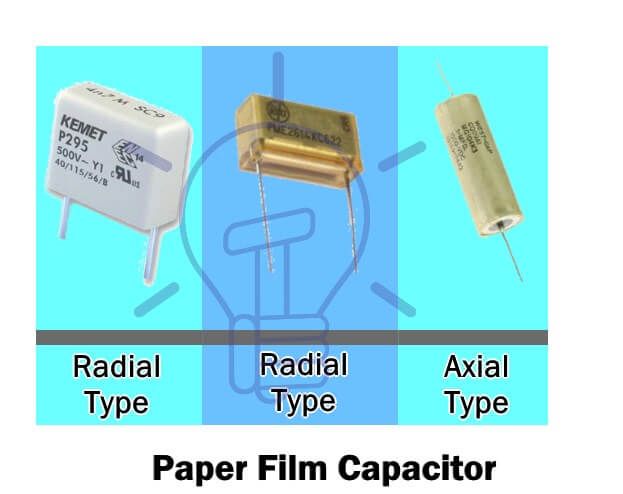Aluminum Electrolytic Capacitors Vs Ceramic

Made of ceramic material as the dielectric and metal as the electrodes ceramic capacitors come in a variety of shapes and sizes.
Aluminum electrolytic capacitors vs ceramic. The aluminum forms a very thin insulating layer of aluminium oxide by anodization that acts as the dielectric of the capacitor. Insulation resistance is the resistance measured across the dielectric of a capacitor. A non solid electrolyte covers the rough surface of the oxide layer serving in principle as the second electrode. As capacitance values and hence the area of dielectric increases the ir decreases.
Capacitance change over time for class 2 x7r and x5r dielectric capacitors. It s noteworthy that the time constant of tantalum capacitors is not much less than most electrolytic capacitors. Sometimes the loss is a helpful addition. An excellent use of electrolytic or tantalum capacitors is in parallel with smaller ceramic or film capacitors which have quite low esr which can resonate with circuit inductances.
Electrolytic capacitors and high capacitance 0 1µf to 100µf ceramic capacitors are the dirty tricks we used. Ceramic and electrolytic capacitors are two types of capacitors used in electronic circuits. Ceramic capacitor ir and dcl. The electrolyte serves as the second plate.
Ceramic capacitors and electrolytic capacitors are two main types of capacitors that are widely used in electrical and electronic components. Aluminium electrolytic capacitors are polarized electrolytic capacitors whose anode electrode is made of a pure aluminum foil with an etched surface. The ceramic capacitor uses a thin ceramic layer as the dielectric medium whereas the electrolytic capacitor uses an ionic liquid as one of the sheets of the capacitor.



















